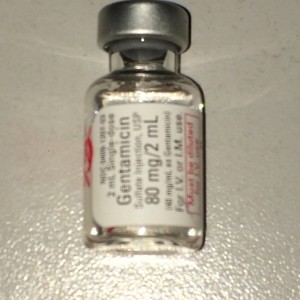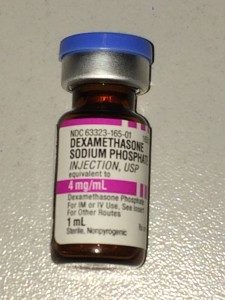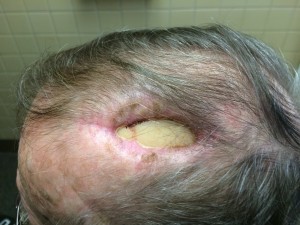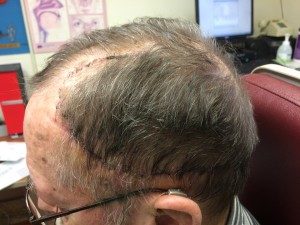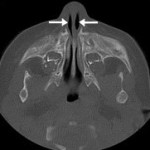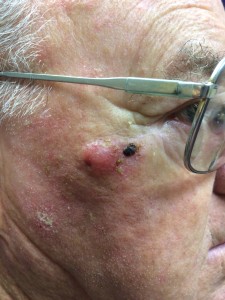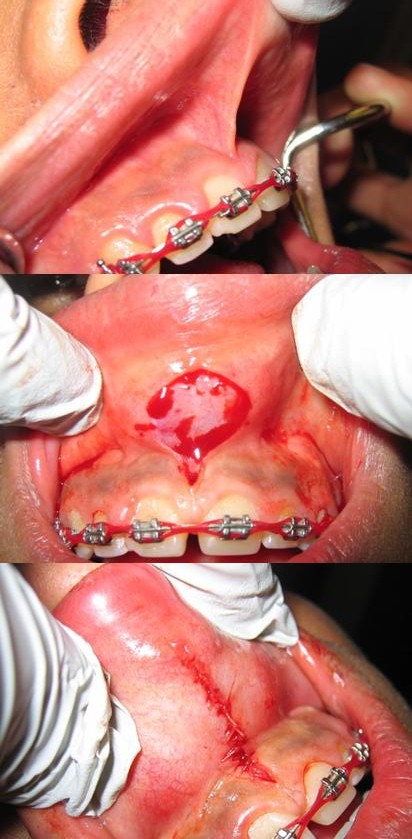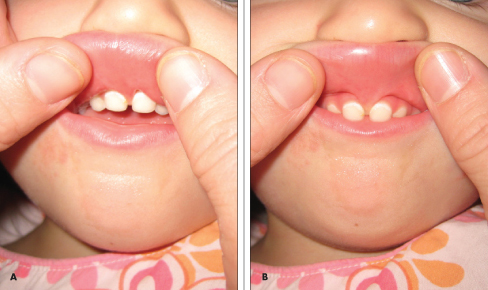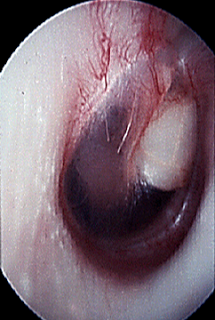This disease has become epidemic, however the treatments and the preventative measures are also gaining momentum. HPV is the whole reason we really did PAP smears. The viral changes led to cervical uterine dysplasian and even carcinogenesis. It was even suggested to consider C-section in women with active infections.
The disease is really divided into the more problematic juvenille onset (>20 lifetime surgeries) vs adult onset (<5 lifetime surgeries). There may be some correlation with sexual behavior in adult onset, however, this is still controversial. There is no role for vaccination or even counseling or testing partners.
 Recurrent Laryngeal RRP may require multiple surgeries. It seems the best initial response is with the CO2 Laser, however use of the microdebrider (PIPE) may actually give better voice outcomes
Recurrent Laryngeal RRP may require multiple surgeries. It seems the best initial response is with the CO2 Laser, however use of the microdebrider (PIPE) may actually give better voice outcomes
Adjuvant therapies such as Acyclovir, MTX, Ribavarin, Mumps vaccine, PPI, Alpha Interferon, Hsp E7, Retinoids, and Intralesional Cidofovir have been touted, but lack strong prospective efficacy studies. Typically I use the CO2 laser. Have patients eat green leafy vegetables (Indole-3-carbinols) modulates estrogen metabolism and 1/3 of patients respond. Inject about 75 mg of Cidofovir in 1 cc after the resection. I may consider placing on Celebrex (Cox 2 inhibitor) which modulates the over expression of epidermal growth factor by inhibiting cyclooxygenase-2 and prostaglandin E2. I also may consider injecting Avastin (Bevacizumab) recombinant monoclonal antibody against vascular endothelial growth factor.
